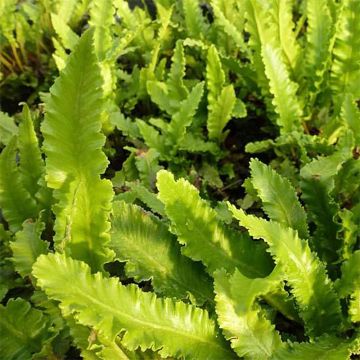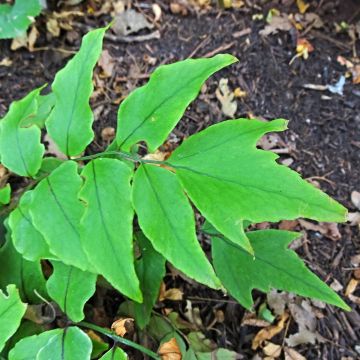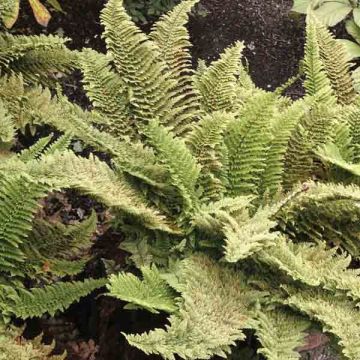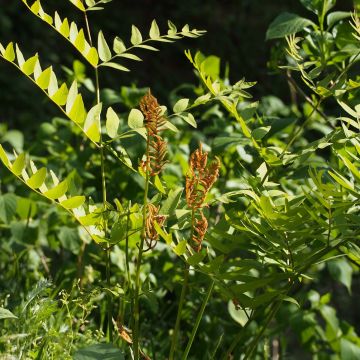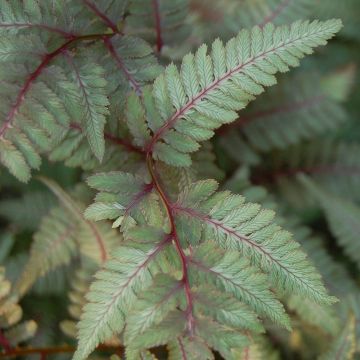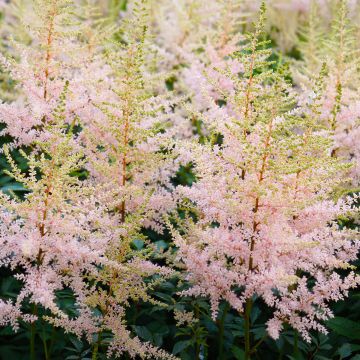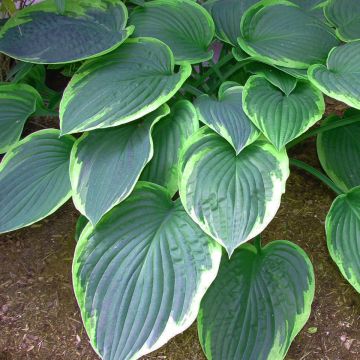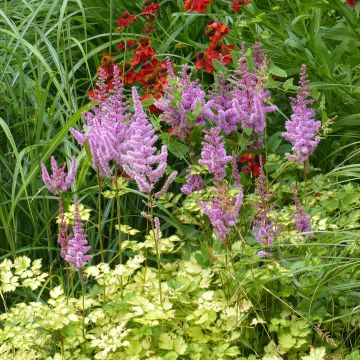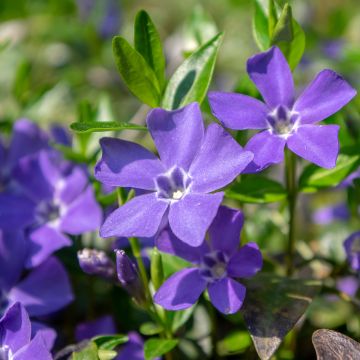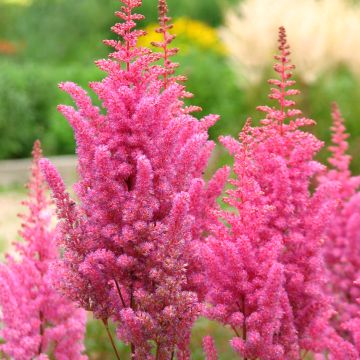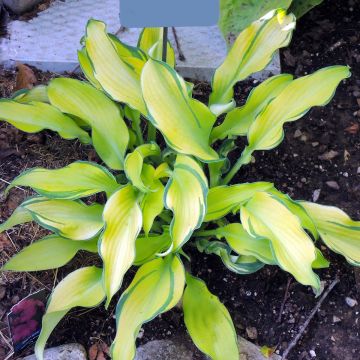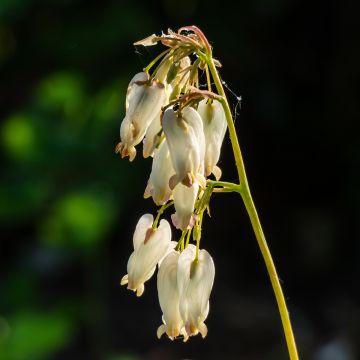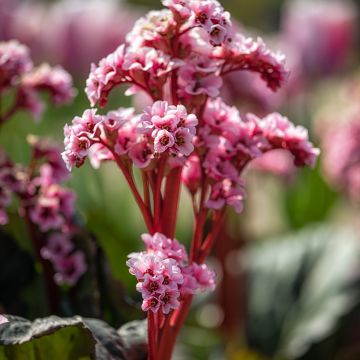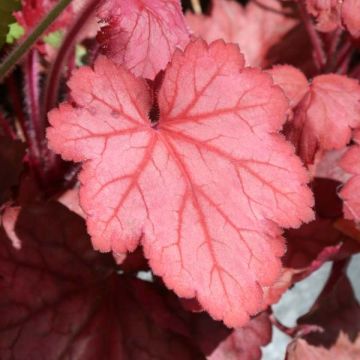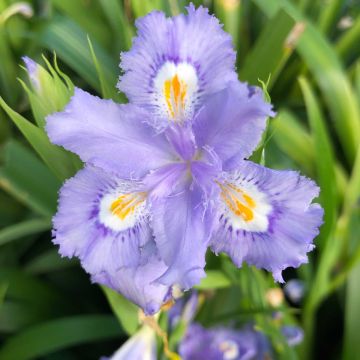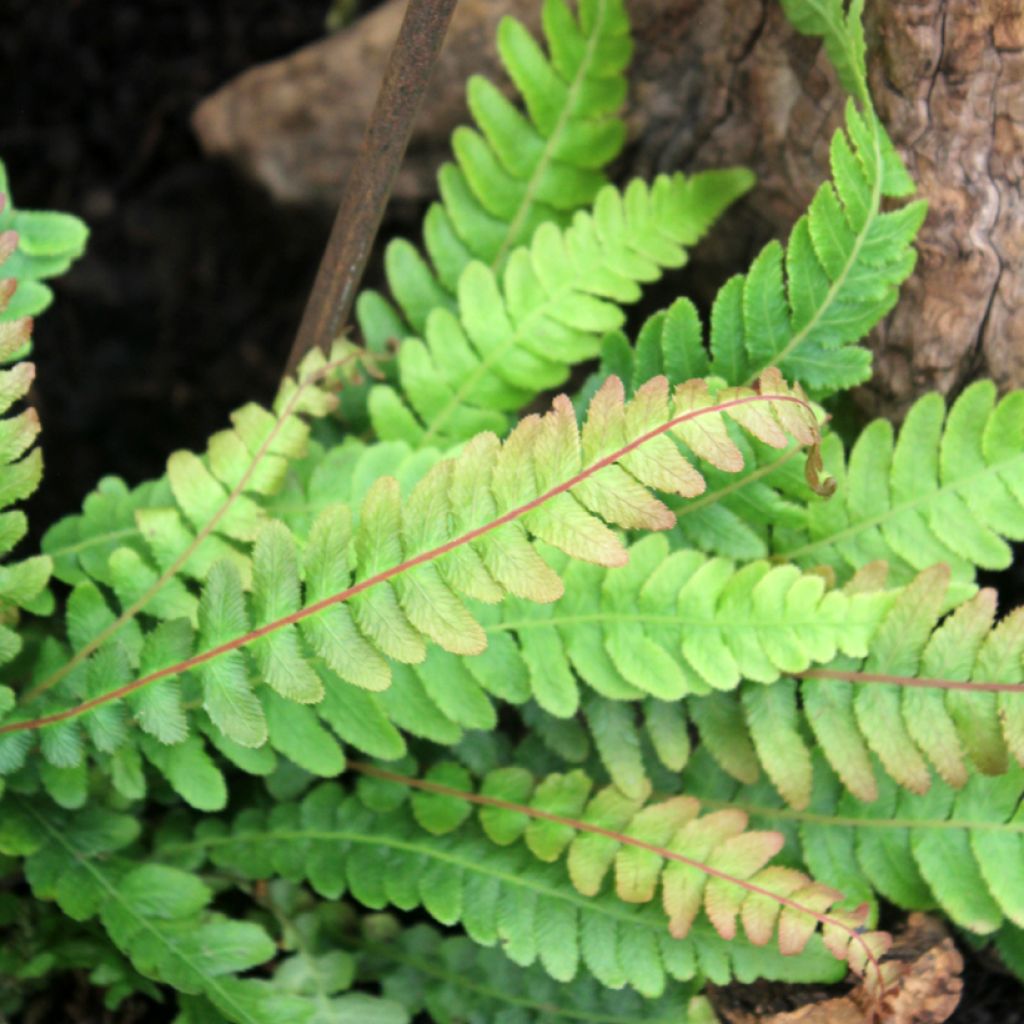

Doodia media
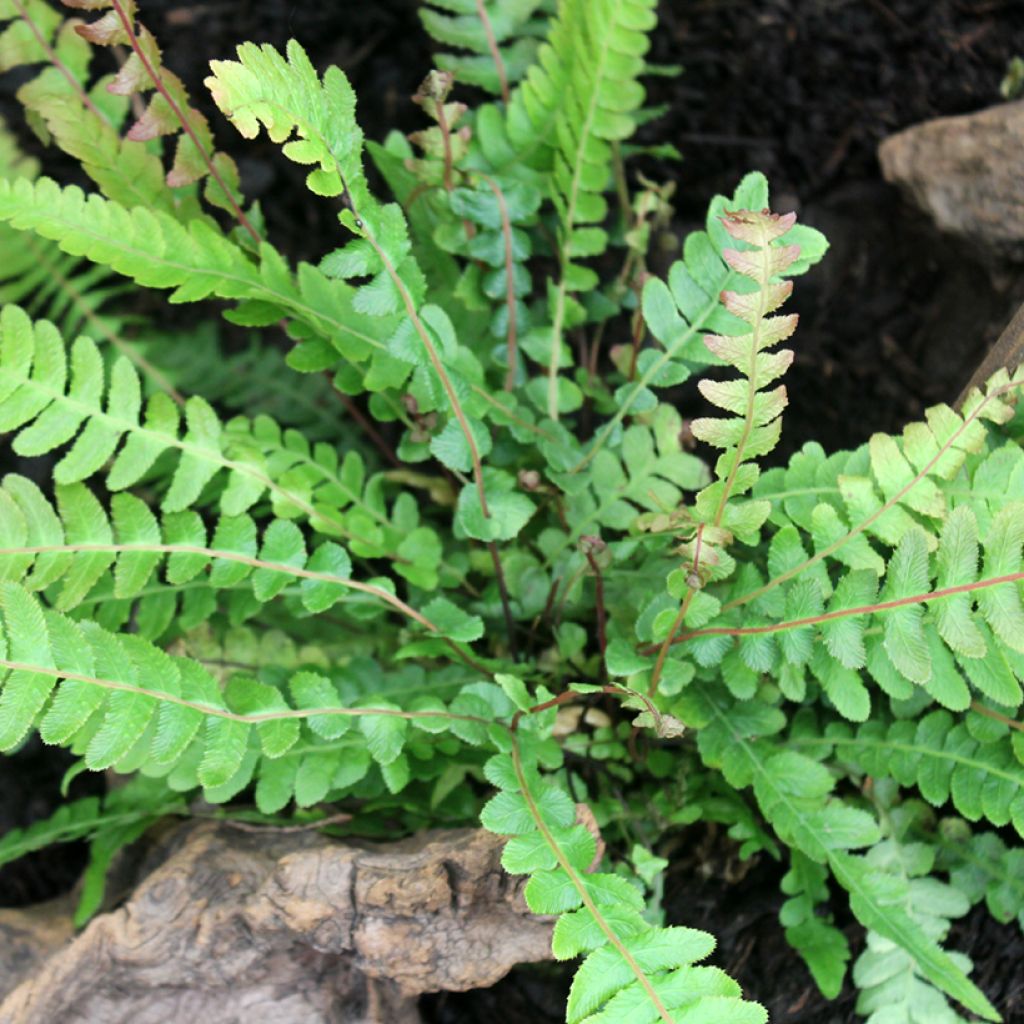

Doodia media
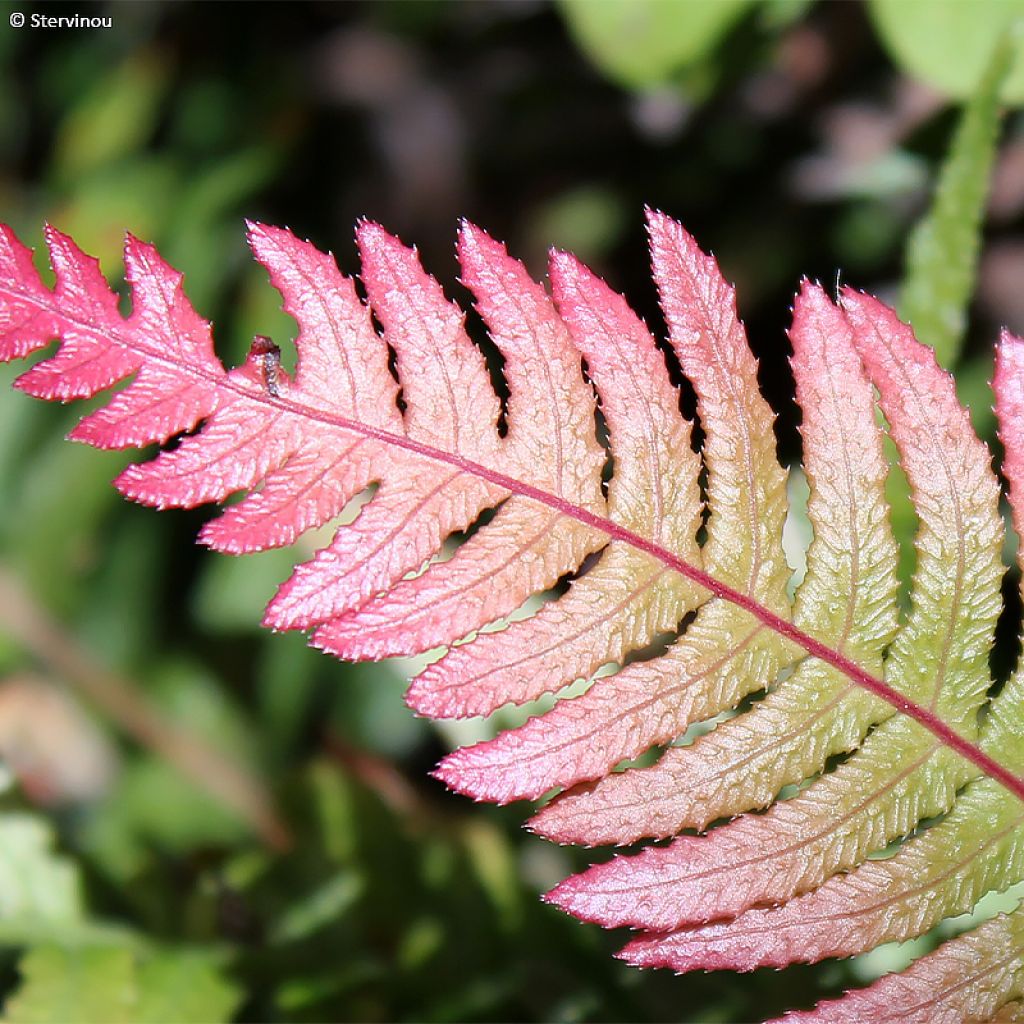

Doodia media
Doodia media
Doodia media
Common Raspberry fern
This item cannot be shipped to the selected country
Delivery charge from €5.90
More information
Schedule delivery date,
and select date in basket
This plant carries a 12 months recovery warranty
More information
We guarantee the quality of our plants for a full growing cycle, and will replace at our expense any plant that fails to recover under normal climatic and planting conditions.
From €5.90 for pickup delivery and €6.90 for home delivery
Express home delivery from €8.90.
Does this plant fit my garden?
Set up your Plantfit profile →
Description
Doodia media is a pretty New Zealand fern locally known as "Raspberry fern" because of its rough to the touch fronds. The Maori call it pukupuku, which can be translated as "goosebumps," due to the characteristic appearance of the sori on the undersides of the fronds. The young fronds of this Doodia, highly decorative, are pink with a bright red main vein. It can only be grown in open ground in regions spared from heavy frost, preferably in the morning sun to accentuate its colours. Elsewhere, it makes for an original and decorative plant for pots and hanging baskets.
Doodia media is a plant of the Blechnaceae family. This botanical species is native to the North Island and the northern part of the South Island of New Zealand, as well as the Australian island of Lord Howe.
This curious Doodia media fern has slightly suckering roots. It develops upright fronds that form a bouquet measuring 50 to 60cm (20 to 24in) in all directions in 5 to 6 years. Each frond is divided into segments with slightly toothed edges. In spring and summer, the young fronds have a beautiful pink colour due to the presence of pigments called flavonoids, which protect them from the sun. The fronds and their petioles are covered with small bumps, giving them a slightly rough texture. Over the weeks, the fronds turn light green and then medium green. This fern produces linear reproductive organs called sori on the undersides of the fronds. These chain-like sori are characteristic. Its foliage persists more or less in winter.
Uncommon, this pretty fern from a temperate and humid climate can withstand short freezes of around -7 to -8 °C. It prefers cool and semi-shaded rockeries, the edges of leafy woodlands rich in humus, with a slightly humid atmosphere. It can be accompanied, for example, by small spring bulbs, other ferns, hostas, and Heucheras. Fern collectors will also adopt it in a beautiful pot or hanging basket that will spend the winter in a cold greenhouse or an unheated conservatory.
Report an error about the product description
Doodia media in pictures
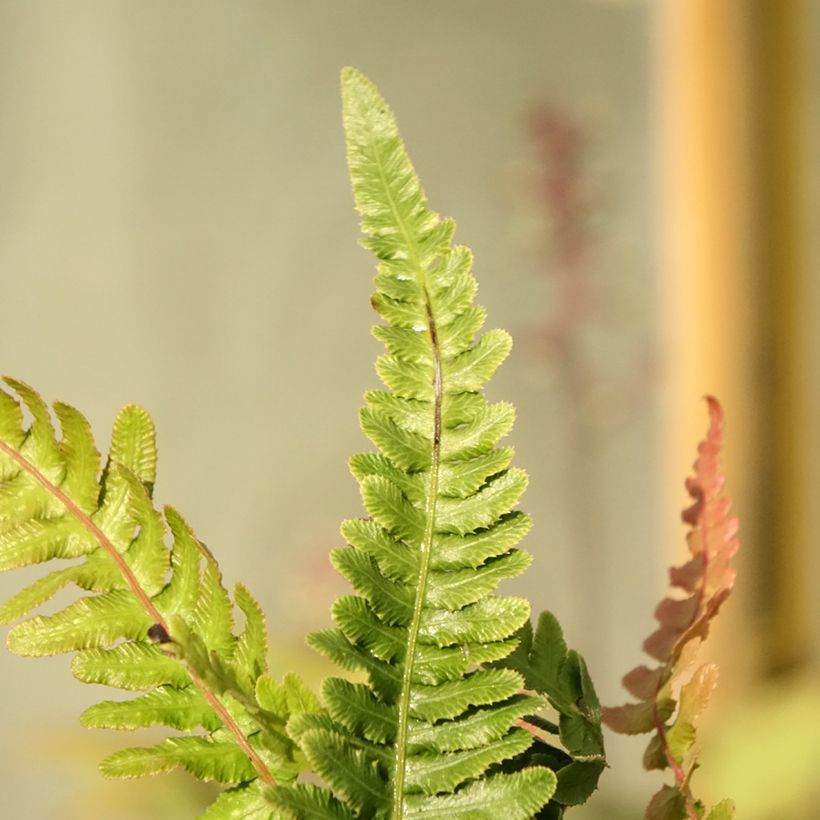

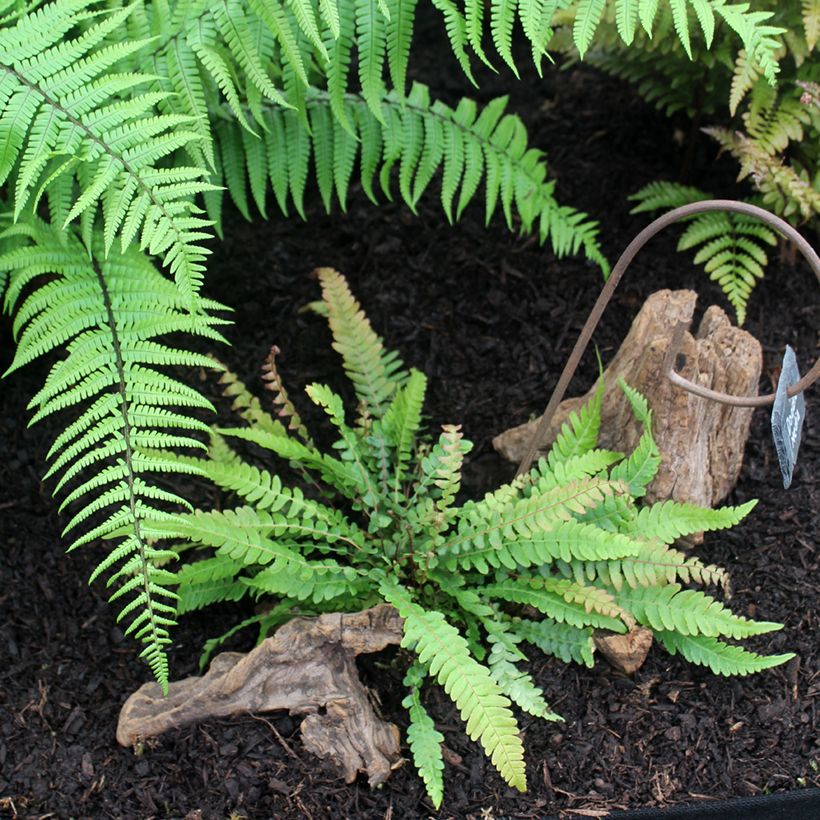

Foliage
Plant habit
Botanical data
Doodia
media
Blechnaceae
Common Raspberry fern
Oceania
Other Ferns A to Z
Planting and care
Plant Doodia media in the ground where the frost does not go below -7/-8 °C. Elsewhere, growing in pots is essential to protect the plant from cold in winter. This fern is planted in spring in an acidic, well-drained, slightly moist, but not waterlogged, soil, in partial shade or morning sun to enhance its colours. This species will thrive in humus-rich soil mixed with turf and sand. It is recommended to protect the stump of young plants with a mulch of dead leaves or dried fern fronds. It also grows very well in pots, ensuring good drainage and monitoring watering. Use non or low-limestone water, such as rainwater if your tap water is 'hard'.
Planting period
Intended location
Care
This item has not been reviewed yet - be the first to leave a review about it.
Shade-loving perennials
Haven't found what you were looking for?
Hardiness is the lowest winter temperature a plant can endure without suffering serious damage or even dying. However, hardiness is affected by location (a sheltered area, such as a patio), protection (winter cover) and soil type (hardiness is improved by well-drained soil).

Photo Sharing Terms & Conditions
In order to encourage gardeners to interact and share their experiences, Promesse de fleurs offers various media enabling content to be uploaded onto its Site - in particular via the ‘Photo sharing’ module.
The User agrees to refrain from:
- Posting any content that is illegal, prejudicial, insulting, racist, inciteful to hatred, revisionist, contrary to public decency, that infringes on privacy or on the privacy rights of third parties, in particular the publicity rights of persons and goods, intellectual property rights, or the right to privacy.
- Submitting content on behalf of a third party;
- Impersonate the identity of a third party and/or publish any personal information about a third party;
In general, the User undertakes to refrain from any unethical behaviour.
All Content (in particular text, comments, files, images, photos, videos, creative works, etc.), which may be subject to property or intellectual property rights, image or other private rights, shall remain the property of the User, subject to the limited rights granted by the terms of the licence granted by Promesse de fleurs as stated below. Users are at liberty to publish or not to publish such Content on the Site, notably via the ‘Photo Sharing’ facility, and accept that this Content shall be made public and freely accessible, notably on the Internet.
Users further acknowledge, undertake to have ,and guarantee that they hold all necessary rights and permissions to publish such material on the Site, in particular with regard to the legislation in force pertaining to any privacy, property, intellectual property, image, or contractual rights, or rights of any other nature. By publishing such Content on the Site, Users acknowledge accepting full liability as publishers of the Content within the meaning of the law, and grant Promesse de fleurs, free of charge, an inclusive, worldwide licence for the said Content for the entire duration of its publication, including all reproduction, representation, up/downloading, displaying, performing, transmission, and storage rights.
Users also grant permission for their name to be linked to the Content and accept that this link may not always be made available.
By engaging in posting material, Users consent to their Content becoming automatically accessible on the Internet, in particular on other sites and/or blogs and/or web pages of the Promesse de fleurs site, including in particular social pages and the Promesse de fleurs catalogue.
Users may secure the removal of entrusted content free of charge by issuing a simple request via our contact form.
The flowering period indicated on our website applies to countries and regions located in USDA zone 8 (France, the United Kingdom, Ireland, the Netherlands, etc.)
It will vary according to where you live:
- In zones 9 to 10 (Italy, Spain, Greece, etc.), flowering will occur about 2 to 4 weeks earlier.
- In zones 6 to 7 (Germany, Poland, Slovenia, and lower mountainous regions), flowering will be delayed by 2 to 3 weeks.
- In zone 5 (Central Europe, Scandinavia), blooming will be delayed by 3 to 5 weeks.
In temperate climates, pruning of spring-flowering shrubs (forsythia, spireas, etc.) should be done just after flowering.
Pruning of summer-flowering shrubs (Indian Lilac, Perovskia, etc.) can be done in winter or spring.
In cold regions as well as with frost-sensitive plants, avoid pruning too early when severe frosts may still occur.
The planting period indicated on our website applies to countries and regions located in USDA zone 8 (France, United Kingdom, Ireland, Netherlands).
It will vary according to where you live:
- In Mediterranean zones (Marseille, Madrid, Milan, etc.), autumn and winter are the best planting periods.
- In continental zones (Strasbourg, Munich, Vienna, etc.), delay planting by 2 to 3 weeks in spring and bring it forward by 2 to 4 weeks in autumn.
- In mountainous regions (the Alps, Pyrenees, Carpathians, etc.), it is best to plant in late spring (May-June) or late summer (August-September).
The harvesting period indicated on our website applies to countries and regions in USDA zone 8 (France, England, Ireland, the Netherlands).
In colder areas (Scandinavia, Poland, Austria...) fruit and vegetable harvests are likely to be delayed by 3-4 weeks.
In warmer areas (Italy, Spain, Greece, etc.), harvesting will probably take place earlier, depending on weather conditions.
The sowing periods indicated on our website apply to countries and regions within USDA Zone 8 (France, UK, Ireland, Netherlands).
In colder areas (Scandinavia, Poland, Austria...), delay any outdoor sowing by 3-4 weeks, or sow under glass.
In warmer climes (Italy, Spain, Greece, etc.), bring outdoor sowing forward by a few weeks.

































